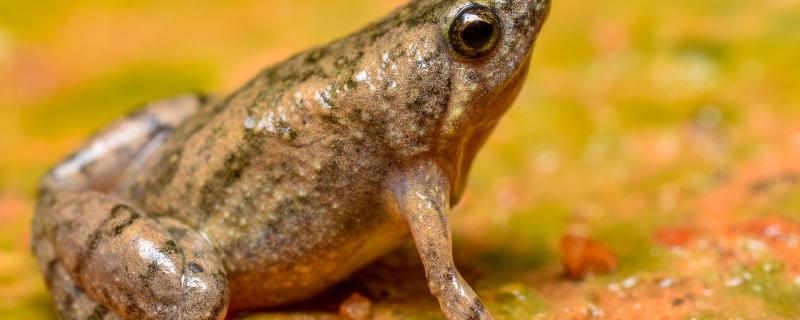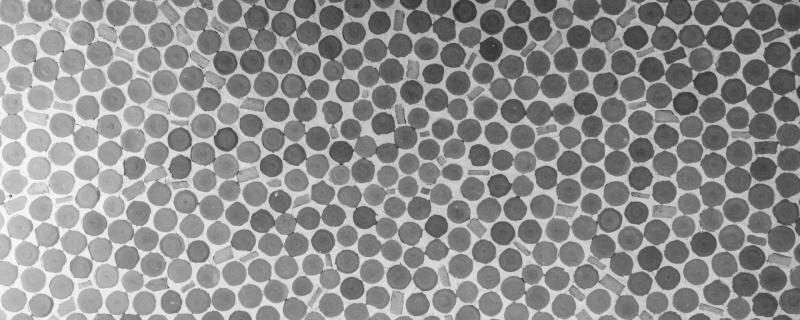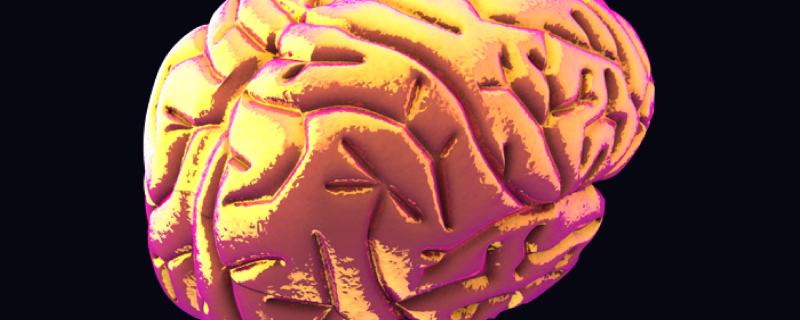Researchers from Babasaheb Bhimrao Ambedkar University, Lucknow, Institute of Urban Environment (IUE), Chinese Academy of Sciences (CAS), Xiamen, People’s Republic of China, and CSIR- Indian Institute of Toxicology Research, Lucknow have studied the wastewater produced from tanneries and analyzed the pollutants present in it. Their study reveals an immediate threat to the environment from the recalcitrant pollutants present in the wastewater.
Ecological droughts are on the rise in India's pristine forests and croplands, driven primarily by meteorological aridity and ocean warming, posing a major threat to the country's sustainability and food security.
Kharagpur/










